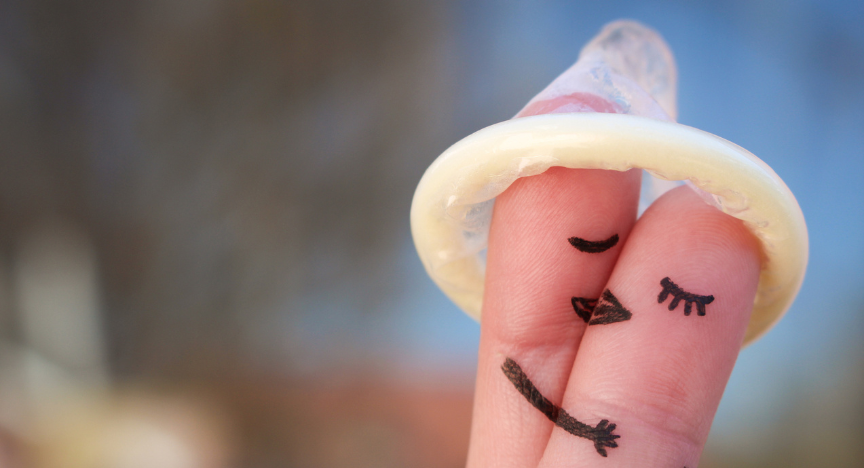 When it comes to sexual health, there are a lot of myths out there. Whether you heard about it from a friend or read it on a dodgy website, believing a furphy about sexual health can come with some serious consequences.
When it comes to sexual health, there are a lot of myths out there. Whether you heard about it from a friend or read it on a dodgy website, believing a furphy about sexual health can come with some serious consequences.
We’ve busted some of the common myths about sexual health and sexually transmissible infections (STIs), so you can get out there and be safe, knowing you’ve got the facts in your corner.
Myth: Pulling out prevents pregnancy and STIs
‘Pulling out’ or the ‘withdrawal method’, means withdrawing the penis out of the vagina before ejaculation.
Truth: Pulling out doesn’t protect you from pregnancy or from STIs. Why?
Firstly, because of pre-cum, a fluid that’s released from the penis when aroused, usually during foreplay or sex – i.e before actual ejaculation. Because pre-cum can contain sperm, there is still the chance of pregnancy. Also, some STIs can be passed on via bodily fluids like pre-cum.
Secondly, STIs can be passed between people through intimate skin-to-skin contact. This means that regardless of pulling out, pre-cum, or no pre-cum, if penetration has happened, it’s likely there has already been the kind of skin contact where an STI can be passed on.
The most effective way of protecting yourself and the person you’re having sex with is to use condoms together with water-based lube.

Myth: Double the condom, double the protection
If you’re worried about accidentally getting pregnant or catching an STI, you may think that an extra condom will give extra protection.
Truth: Double the condom doesn’t double your protection. In fact, it’s the opposite—2 condoms layered on each other will only cause friction and make them more likely to break during sex.
Using one condom is enough. If used properly, condoms are very effective at preventing unintended pregnancies and protecting you from STIs. Pair with some water-based lube for more pleasurable sex and to help reduce the risk of the condom breaking.
Myth: You can’t get STIs from oral sex
While you can’t get pregnant from oral sex, it doesn’t mean that oral sex is a no-risk situation.
Truth: Oral sex (using your mouth to pleasure someone’s penis, vagina, or anus) is still sex, and still involves sexual contact that could increase your risk of spreading or getting an STI. There are a few different infections that can be passed on via oral sex such as oral/genital herpes, chlamydia, gonorrhoea, syphilis, and hepatitis A.
The best way to protect yourself is to use a condom or dental dam if you’re giving oral sex. And of course, have regular sexual health checks, at least once a year or more often if you’ve had unprotected sex, and each time you change sexual partner.
Myth: STI testing always involves someone looking at your bits
If you’re having sex—whether it's vaginal, anal or oral—you’ll need to get tested every 6 to 12 months . Most STI tests involve peeing in a cup, getting a blood test, or taking a swab in the vagina, anus or throat. The type of tests you’ll have will depend on your sexual history.
Truth: If you don’t have symptoms, you may be able to collect the swabs yourself and won’t need a physical examination. If you do have symptoms, the clinician will need to have a look to see what’s concerning you and diagnose the infection.
It can feel uncomfortable or embarrassing getting a sexual health check, but just remember that health professionals do them every day—they won’t be shocked or embarrassed and you shouldn’t be either. If you’re concerned about getting tested at your usual GP, why not try a new GP or a different type of service that does sexual health checks? Use this clinic locator to find a service near you.